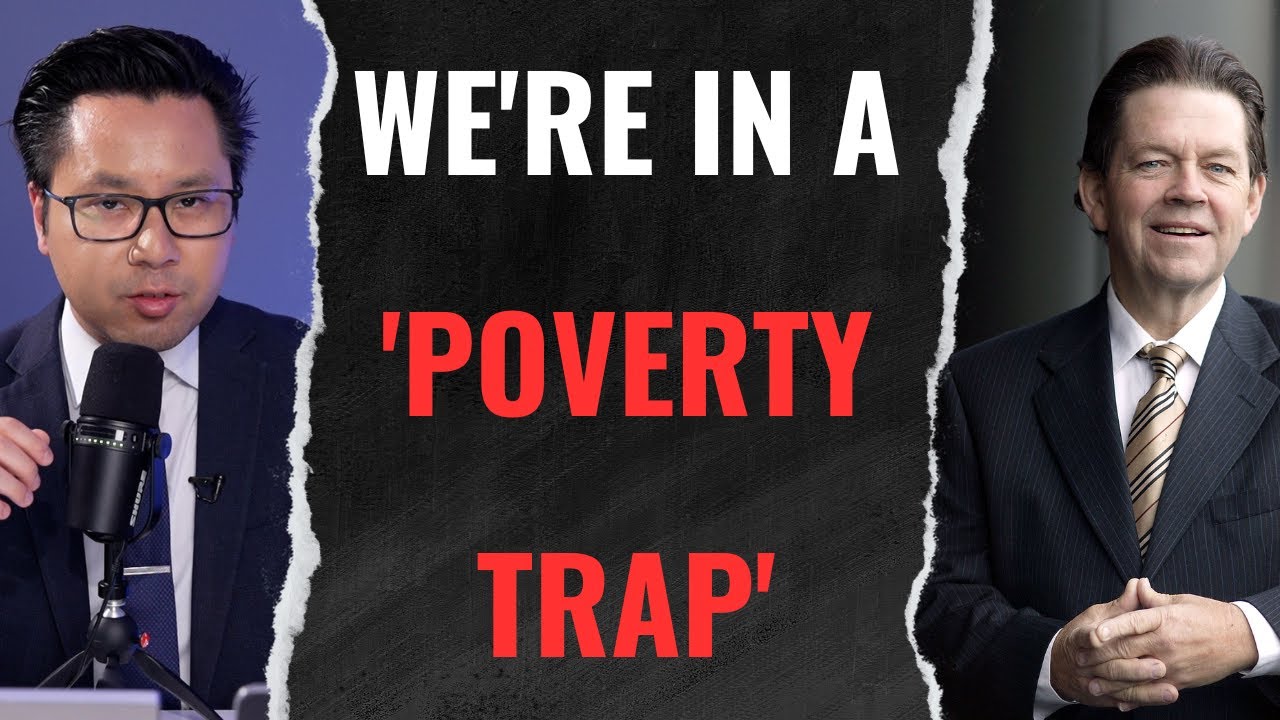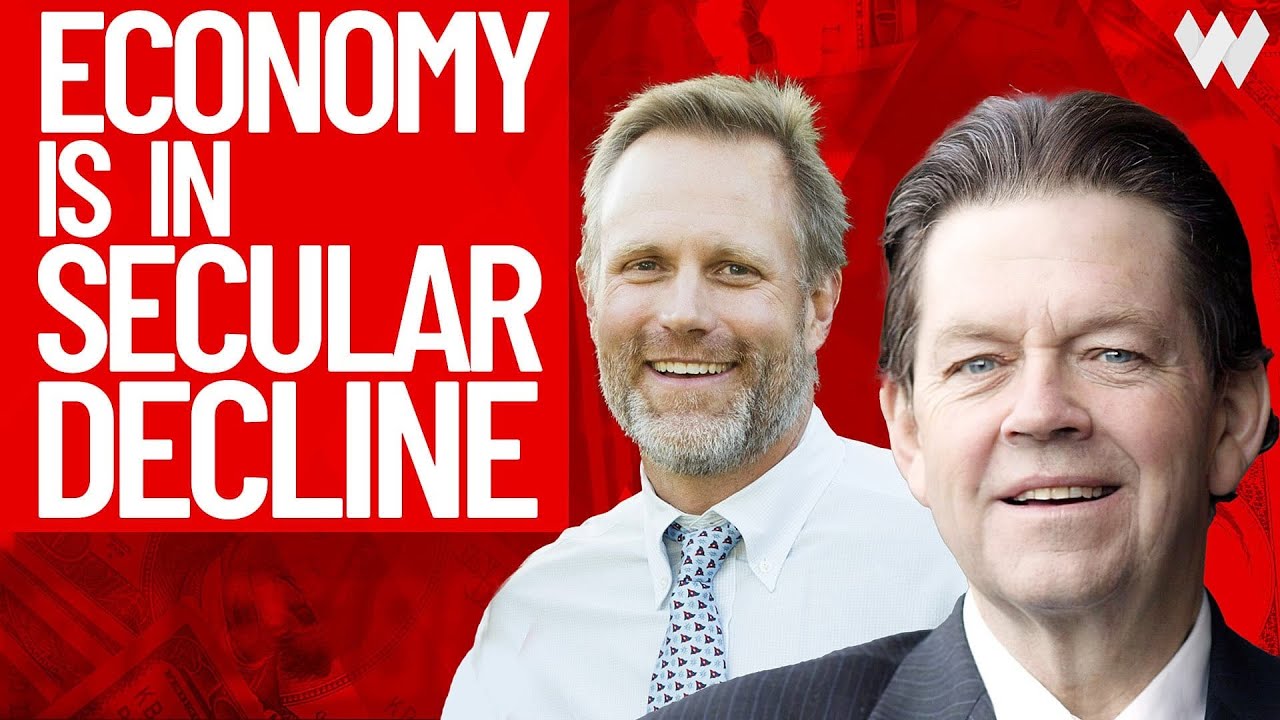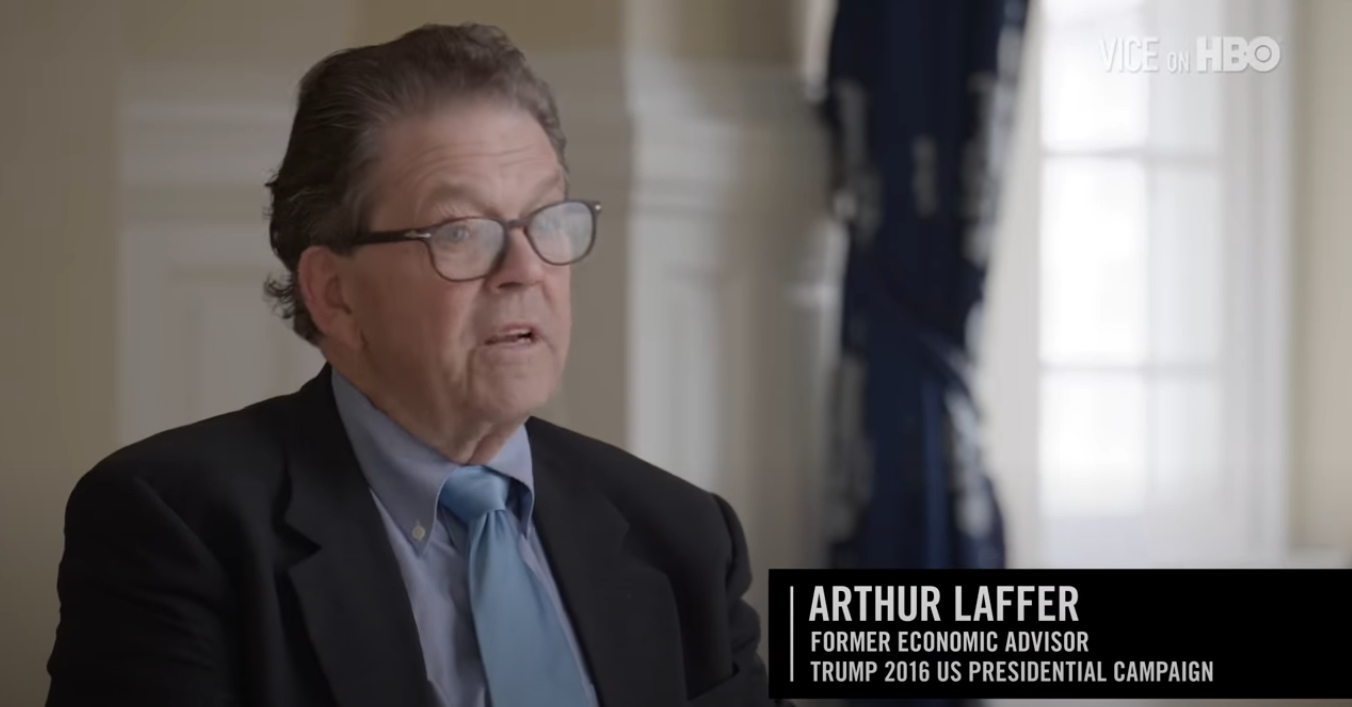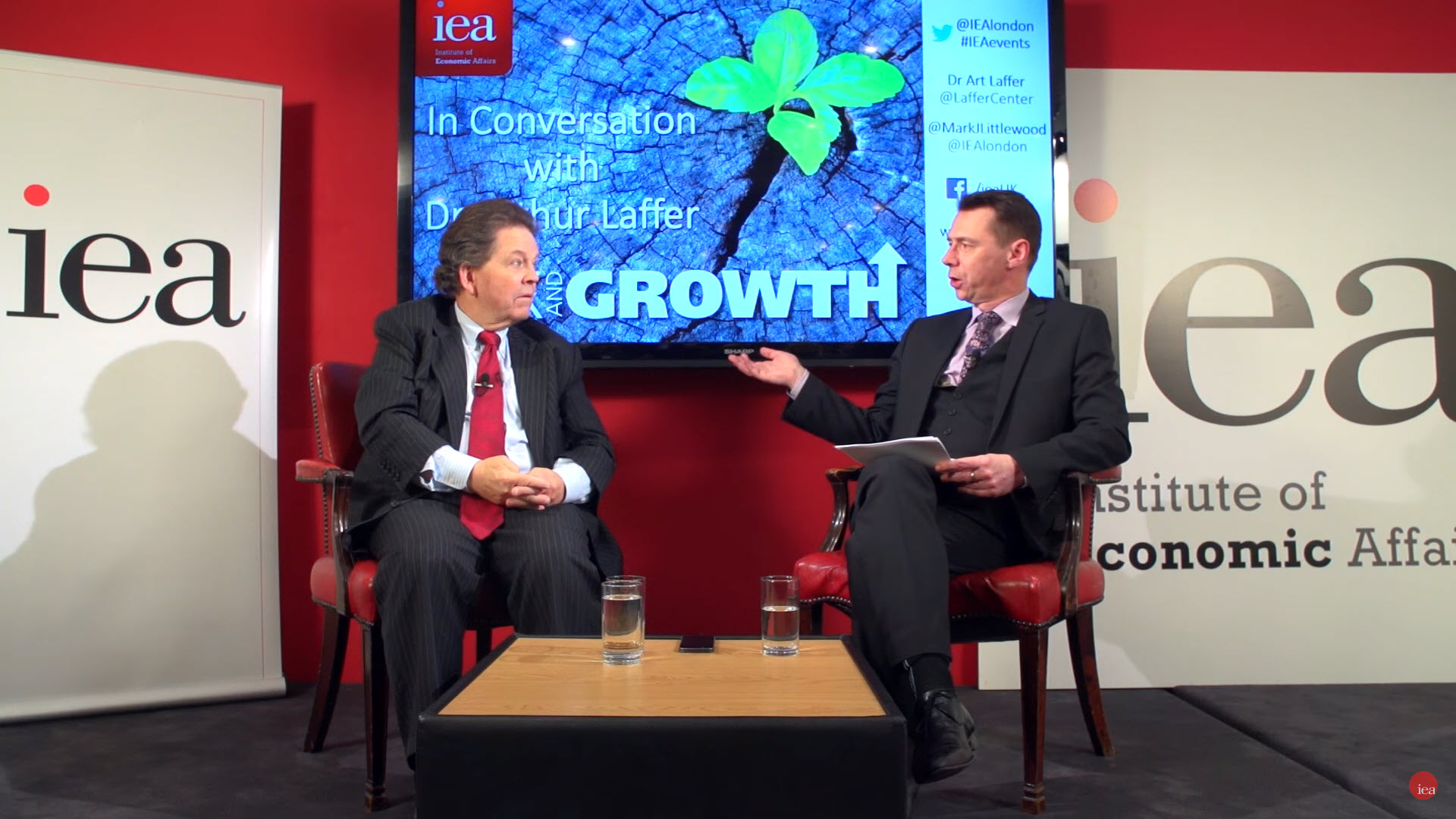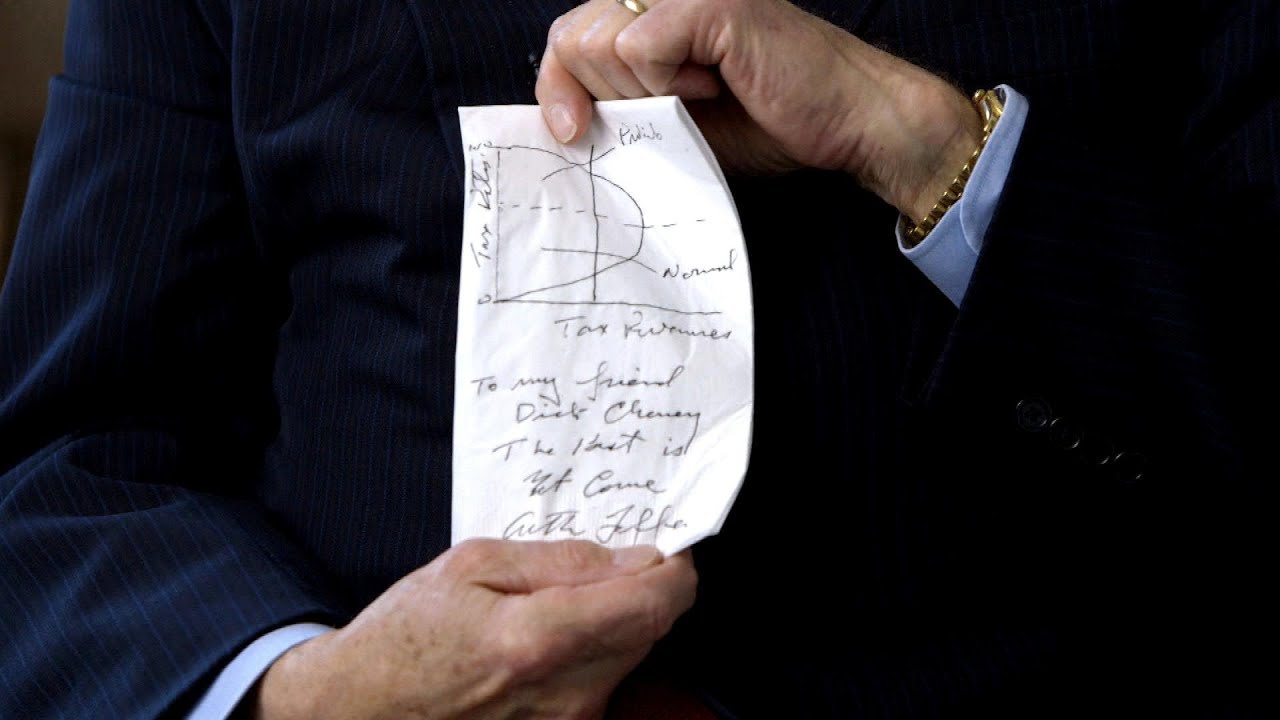Economist Arthur Laffer, Founder and Chairman of Laffer Associates and former member of Ronald Reagan’s Economic Policy Advisory Board, discusses the implications of the debt ceiling on the U.S. deficit, income inequality, and what the government should do to build a prosperous economy.
Dr Art Laffer: Economy Stuck In ‘Secular Decline’ & No Signs Of Reversal Anytime Soon
If we care about the future of the economy, then we have to pay close attention to the policies that shape it. We are currently living in an age of extreme — and in certain cases, unprecedented — levels of monetary and fiscal policy.
Is that wise? Or should market forces be allowed to play out more & free us from the constant intervention of the central planners? To explore this, we welcome economist Dr. Arthur Laffer. Dr. Laffer was the first to hold the title of Chief Economist at the Office of Management and Budget in the early 1970s. He then later served as a member of President Reagan’s Economic Policy Advisory Board. He’s perhaps best known for developing the Laffer curve, a model for determining the optimal balance between tax revenues and economic growth.
ECON 101 with Dr. Art Laffer
Take a couple of minutes to brush up on your free market knowledge with a crash course from Dr. Laffer.
Trump Scares His Former Economic Adviser With Trade Talk | VICE on HBO
Art Laffer was an economic advisor to President Trump’s 2016 campaign — and he says Trump’s trade war rhetoric scares the hell out of him.
IEA – In Conversation with Dr. Arthur Laffer 2016
The IEA is the UK’s original free-market think-tank, founded in 1955.
Inequality: Are the rich cashing in? | Head to Head
“You don’t want to make the rich poor; you want to make the poor richer,” says Dr. Arthur Laffer, an economist who laid the intellectual foundations for Ronald Reagan and Margaret Thatcher’s right-wing policies in the 1980s. But should we really be cutting services to the poor while we cut taxes for the rich? Has the spread of ‘Reaganomics’ really helped the world’s poor? In this episode of Head to Head, Mehdi Hasan challenges Dr. Arthur Laffer on whether free market economics still makes sense in the wake of the financial crisis, and on his famous ‘Laffer Curve,’ through which he advocates cutting taxes on high earners. Dr. Arthur Laffer has been described as “the father of supply-side economics”.
Dick Cheney, Donald Rumsfeld and Arthur Laffer on the Dinner Napkin that Changed the Economy
For its 85th anniversary, Bloomberg Businessweek chronicles the most disruptive ideas of the past 85 years. In 1974, economist Arthur Laffer sketches his theory of tax policy over dinner with Wall Street Journal writer Jude Wanniski and Ford administration officials Donald Rumsfeld and Dick Cheney, kick-starting the rise of supply-side economics. Forty years after one of the most famous dinner-napkin doodles in American history, Laffer, Cheney, and Rumsfeld reunited at that same restaurant.


